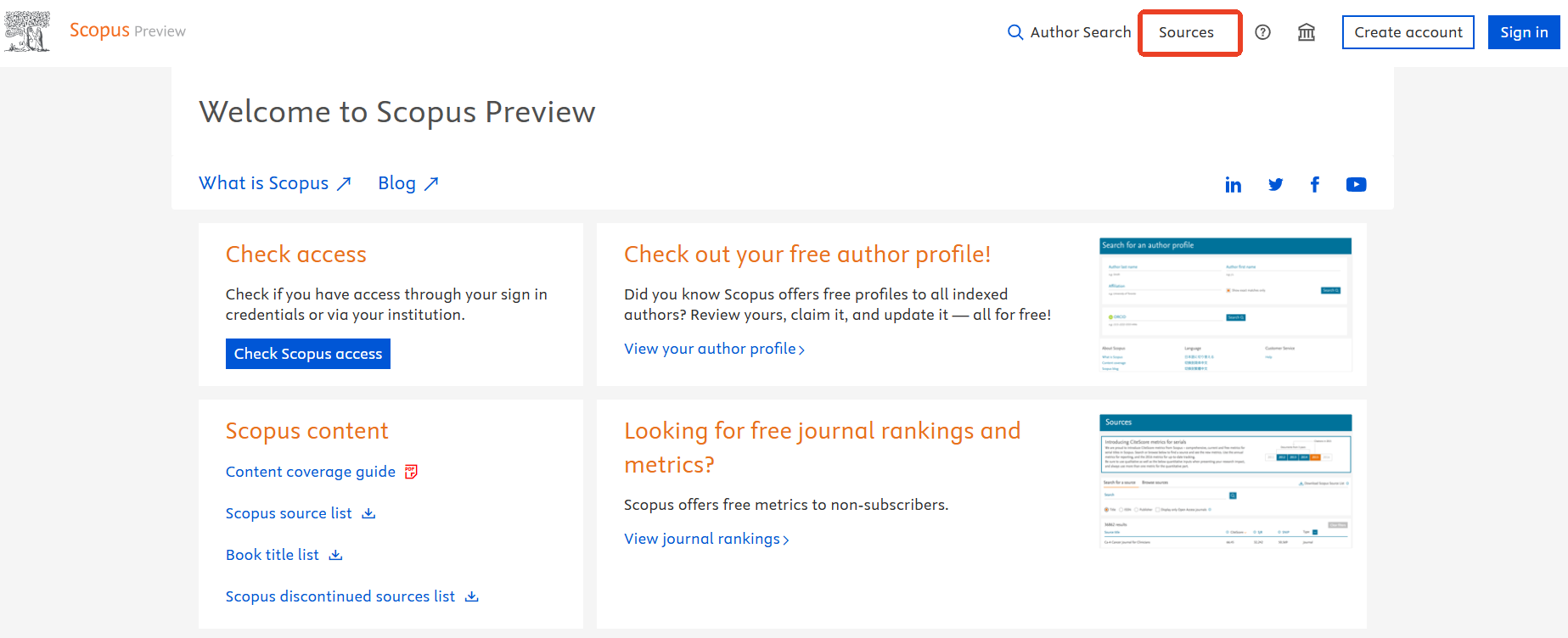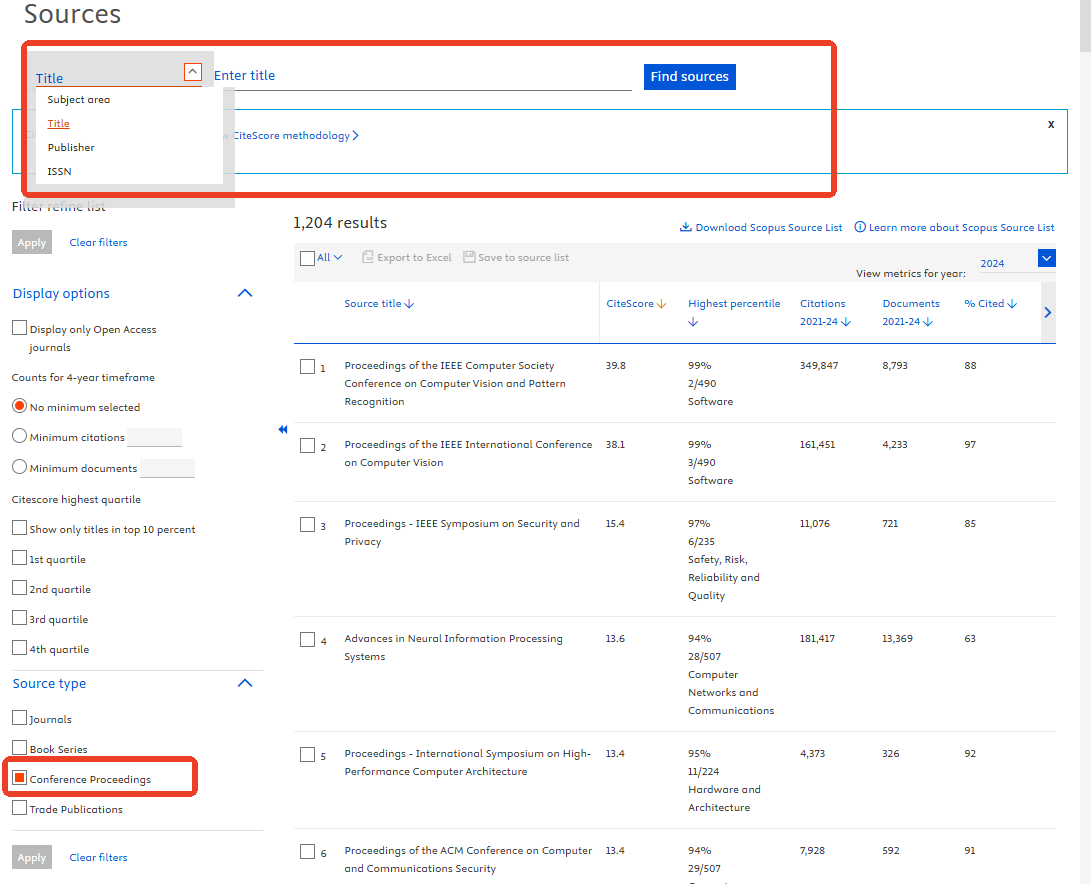For researchers, students, and academic professionals, publishing in a Scopus indexed conference is critical to ensuring their work gains global visibility, meets institutional requirements, and contributes to academic impact. However, with numerous conferences available, verifying whether a conference is truly indexed by Scopus can be confusing. This guide breaks down the most reliable methods to check Scopus conference indexing, along with key tips to avoid misinformation.
Check Scopus Sources Directly (The Most Reliable Method)
Scopus's official search platform is the most authoritative source for checking conference indexing. Here's how to use it:
- Visit the official Scopus sources page at: https://www.scopus.com
- Access the Scopus homepage and click on the "Sources" button located in the upper right corner.
- On the resulting page, select the "Conference Proceedings" tab to filter the search specifically for conference materials. You can then search using various criteria, such as the conference title, ISSN or publisher. After entering your search terms, click the blue "Find sources" button.
- The system will then display the search results. If the conference proceedings are indexed in the Scopus database, they will appear at the top of the list. You will be able to view key metrics, including the CiteScore, SJR (SCImago Journal Rank), SNIP (Source Normalized Impact per Paper), subject area, and quartile ranking.
Examine Conference History and Organization
A conference's track record reveals much about its legitimacy:
- Check the conference edition - Conferences that have run continuously for multiple years (5+ editions) typically demonstrate more reliability
- Search for previous proceedings - Look up past editions of the conference in Scopus to verify consistent indexing
- Evaluate the organizing bodies - Conferences organized by reputable institutions, universities, or recognized academic societies like IEEE, ACM, Springer, or Elsevier generally have higher credibility and better indexing chances
- Review committee members - Check if recognized scholars in your field are involved as conference chairs or program committee members
Assess Publication Partners and Practices
The publication channel significantly impacts Scopus indexing:
- Identify the publisher - Papers published through established academic publishers like Springer's LNCS/LNEE series, IEEE CPS, ACM ICPS, or Elsevier's Procedia series have higher indexing probabilities
- Verify the publication timeline - Be wary of conferences promising "guaranteed publication within 2 weeks" - legitimate academic publishing takes months
- Review the review process - Legitimate conferences should detail their peer-review procedures, including typical review timelines and whether they provide constructive feedback
Red Flags: Identifying Potentially Problematic Conferences
Recognizing warning signs can save you from submitting to questionable conferences:
- Unrealistically fast processes - Promises of "3-day review" or "2-week publication" contradict legitimate academic timelines
- Overly broad topical scope - Conferences covering "all engineering, scientific, and social science fields" are often predatory
- Unclear fee structures - Excessive registration fees without student discounts or demands for payment to personal accounts
- Vague websites - Poorly maintained sites with spelling errors, missing dates, or unclear agendas
- "Guaranteed indexing" promises - No conference can guarantee Scopus indexing, as final decisions rest with Scopus' independent content selection committee
Understanding the Scopus Indexing Timeline
Even after accepting your paper, the path to Scopus indexing involves several stages:
- Conference completion - Your paper is presented at the conference
- Proceedings submission to publisher - Typically within 3 months post-conference
- Online publication by publisher - Usually within 1-2 months after submission
- Scopus indexing - Generally requires 3-6 additional months after online publication
This natural delay means you might wait 6-12 months after conference presentation before your paper appears in Scopus. Regularly track your paper's status through both the publisher's website (using your DOI) and subsequent Scopus searches
Conclusion
For researchers, taking the time to confirm Scopus conference indexing saves effort, avoids wasted submissions, and protects the value of your academic work.
For more international academic resource, please visit Aisholar.





